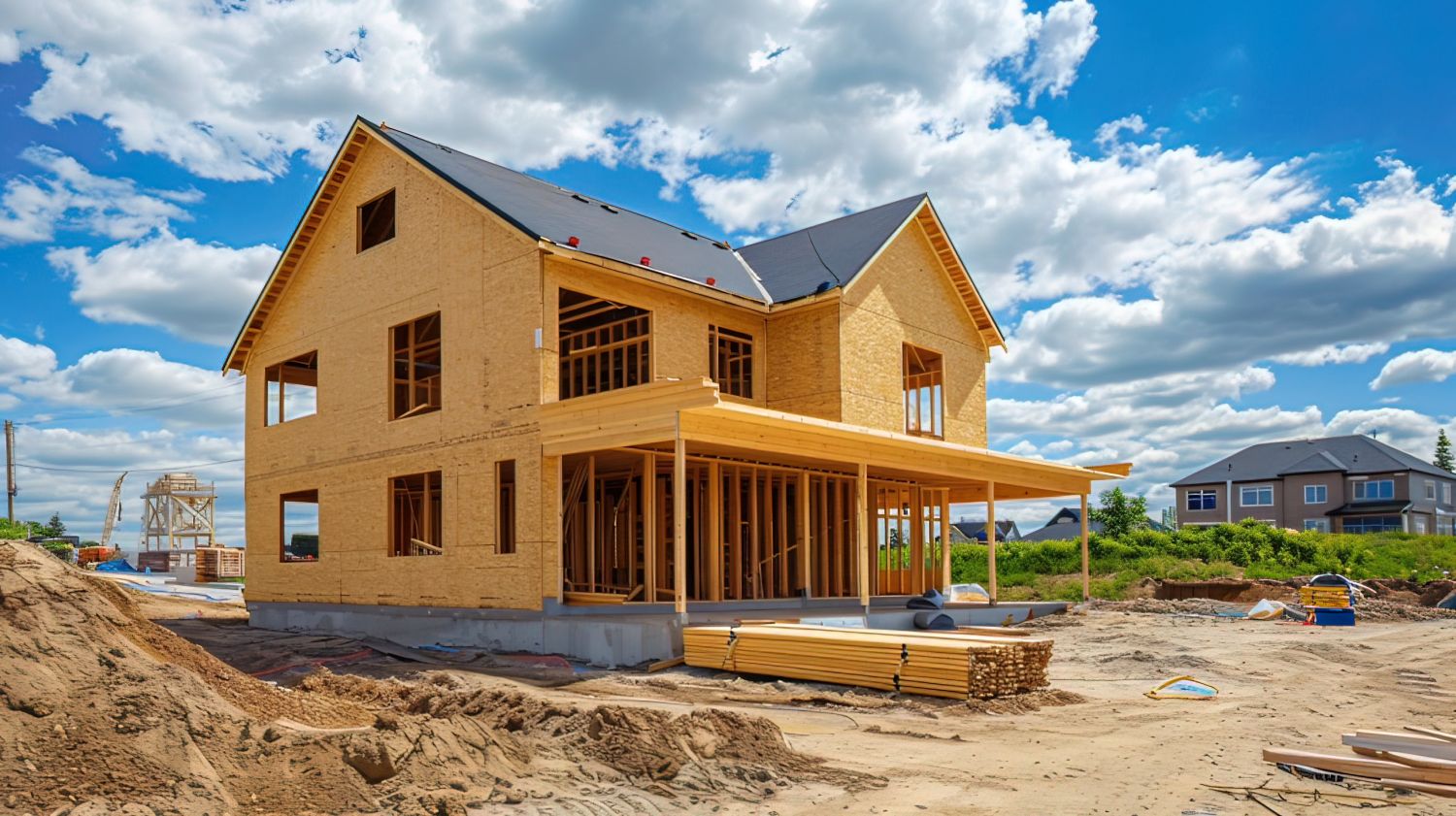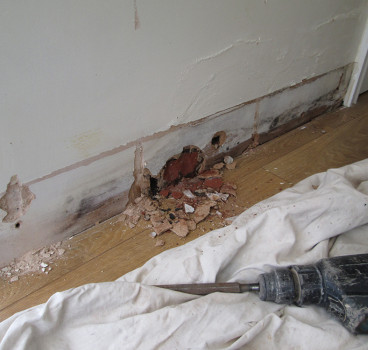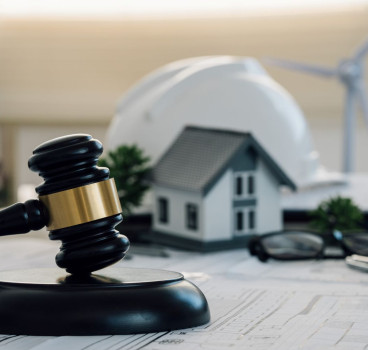How Sustainable Drainage Systems (SuDS) are changing UK construction standards
For decades, drainage in UK construction has largely relied on traditional pipe systems designed to move rainwater quickly away from homes and roads into sewers. But with climate change bringing heavier rainfall, rising urbanisation increasing impermeable surfaces, and flooding risks intensifying across the country, these outdated systems are no longer enough.
Enter Sustainable Drainage Systems (SuDS) – innovative solutions that not only manage water more effectively but also provide environmental, social, and economic benefits. In 2025, the UK government introduced updated SuDS standards, making them mandatory in most new developments. This shift is reshaping how architects, developers, and contractors approach construction projects across the country.
At the same time, drainage companies are playing a crucial role in helping both developers and homeowners adapt to these new requirements. Their expertise ensures that SuDS installations are not only compliant with regulations but also tailored to the unique conditions of each site. For instance, Any Drains, a trusted provider for blocked drains in Maidstone, supports residential projects with both maintenance and specialist drainage services, making them a valuable partner in this evolving construction landscape.
What Are SuDS?
Sustainable Drainage Systems (SuDS) are modern solutions designed to manage rainwater in ways that mimic natural drainage. Instead of sending water straight into sewers, SuDS slow the flow, allow infiltration, and reduce flood risk.
They can take many forms, from permeable paving and green roofs to swales, soakaways, and rain gardens, each helping to capture, filter, and release water gradually.
The key difference from traditional drainage is that SuDS don’t just move water—they treat it, store it, and use it to create greener, healthier environments.
Why SuDS Matter in UK Construction
The adoption of SuDS brings multiple advantages:
- Flood Risk Reduction – SuDS slow down water flow, helping communities cope with extreme rainfall and reducing the likelihood of flash flooding.
- Improved Water Quality – By filtering pollutants through soils, vegetation, and retention ponds, SuDS improve the quality of water entering rivers.
- Urban Cooling – Green roofs, wetlands, and vegetated areas mitigate the urban heat island effect.
- Biodiversity
– Rain gardens, ponds, and green spaces provide habitats for wildlife, enhancing urban ecosystems.
- Community Value – Developments with visible SuDS features often feel greener, healthier, and more appealing to residents and investors.
In short, SuDS don’t just manage water—they improve the resilience and quality of life in urban spaces.
Related read: Why healthy soil is the hidden key to drainage and quality homes.
New UK Regulations and Standards
In 2025, the UK government introduced the first major update to drainage regulations in more than a decade, making SuDS a central requirement in new construction. The change reflects growing concerns about flooding, water quality, and sustainable urban development.
Under the new rules, SuDS are now mandatory for most new housing and commercial projects, and developers must show compliance at the planning stage. This ensures drainage is designed into projects from the very beginning rather than added as an afterthought.
The updated standards also place greater emphasis on nature-based solutions, with a clear preference for green infrastructure such as infiltration systems, wetlands, and landscaped water features.
Finally, the regulations clarify long-term maintenance responsibilities, making it easier to determine whether councils, developers, or management companies are accountable for keeping SuDS functional over time.
Impact on the Construction Industry
The biggest shift from the new SuDS standards is being felt in the residential housing sector, where drainage is now a key part of the planning process. Developers must design housing estates with integrated SuDS features such as soakaways, swales, and permeable driveways to ensure homes are more resilient against flooding.

For homeowners, this means better protection against surface water damage and an improved quality of life, as SuDS often double up as green spaces, play areas, or landscaped gardens within estates. This adds community value while meeting drainage requirements.
Housebuilders also face changes in cost structures. While SuDS may increase upfront expenses compared to conventional drainage, they reduce the long-term costs of flood repairs, insurance claims, and retrofitting. Over time, this makes residential projects more sustainable and cost-effective.
To meet these challenges, many developers are working closely with drainage specialists such as BDS Drainage, a leading drainage expert based in London, who provide the knowledge and technical expertise needed to design and implement SuDS-compliant systems. Their role ensures that new housing projects not only meet legal requirements but also deliver lasting value for residents.
Challenges in Implementation
Despite the clear benefits, SuDS are not without hurdles:
- Awareness Gaps – Many smaller developers are still unfamiliar with the requirements.
- Maintenance Issues – Questions remain about who pays for upkeep after construction.
- Space Limitations – In dense urban areas, fitting in SuDS features can be challenging.
- Collaboration Needs – Success depends on coordination between local councils, water companies, and contractors.
These challenges highlight the importance of early planning, proper training, and regulatory enforcement
The Future of SuDS in UK Construction
As the demand for sustainable development continues to grow, SuDS are expected to become a standard feature in residential projects across the UK. Their ability to manage surface water while enhancing biodiversity makes them a long-term investment for communities.
Future advancements are likely to include smarter drainage systems that use technology for real-time water monitoring and maintenance alerts. These innovations will help reduce the risk of flooding while keeping operational costs low for homeowners.
With growing government support and increasing public awareness, SuDS are set to shape a greener, more resilient future for UK housing developments, ensuring homes are built with both sustainability and practicality in mind.
Conclusion
Sustainable Drainage Systems represent a fundamental shift in how the UK thinks about water management in construction. No longer an afterthought, drainage is now a design priority, with SuDS offering multiple benefits—from flood prevention and cleaner water to greener communities and stronger biodiversity.
With new regulations in force, every developer, engineer, and contractor must adapt. While the transition presents challenges, the long-term rewards are clear: resilient infrastructure, healthier cities, and homes better equipped to withstand the changing climate.
If you’re planning a new project in the UK, now is the time to ensure your drainage strategy aligns with the latest SuDS standards. Get expert advice to stay compliant and build sustainably.

Additional Blogs

How construction can cut Its carbon footprint by caring for soil
Soil is often dismissed as mere dirt, but it is one of the planet’s most powerful carbon stores, holding more than all of the world’s forests combined. Yet in our rush to build, pave and develop, we...
Read moreWhat is bridging damp? How it happens and how to fix it
Bridging damp happens when moisture finds a path around the building’s damp-proof course (DPC) so it reaches your internal walls and skirting. If you see damp patches rising above the skirting or...
Read more

The silent death of the fixed-price contract
For decades, the fixed-price contract has been the backbone of construction procurement. It promised certainty with a defined scope, an agreed sum and a clear transfer of risk from client to...
Read more